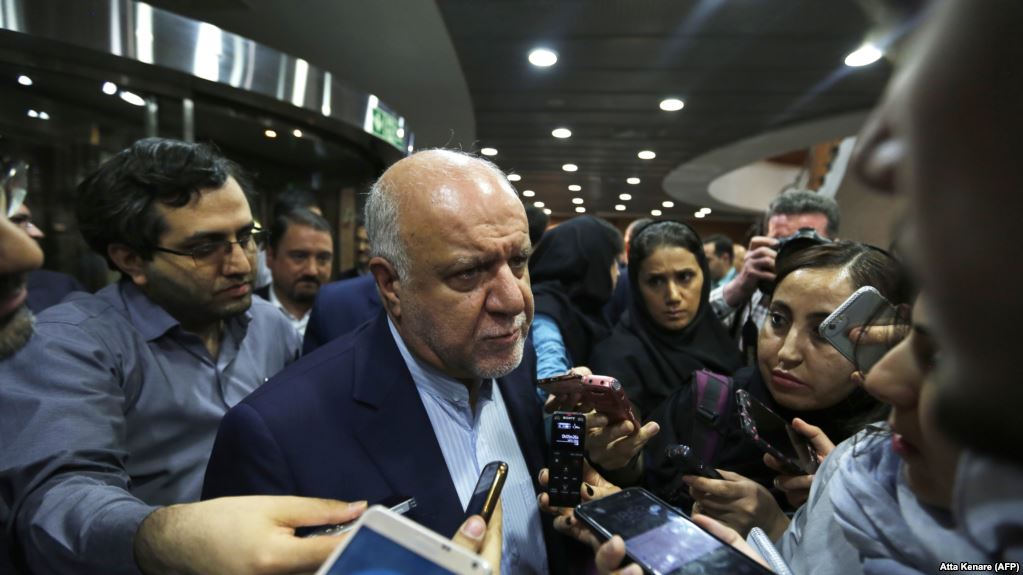Facing comprehensive US sanctions, Iran’s oil exports slid further in August, adding to the fragility of the Iranian economy.
The US Energy Information Administration said in its short-term energy outlook that Iran’s sales were down 19% in August, compared to the first seven months of 2018. Using tanker tracking data, Bloomberg said exports have fallen 30% since April, with further decline expected in coming months.
Oil accounts for almost 80% of Iran’s tax revenue.
Following the 2015 nuclear deal with the 5+1 Powers (US, UK, France, China, Russia, and Germany), Iran increased oil exports steadily with a 45% rise in revenues in 2017.
But in May, Donald Trump withdrew the US from the deal and order comprehensive sanctions, including on Tehran’s energy and financial sectors, by November 5. Iranian oil exports fell within weeks from about 2.5 million barrels per day to just over 2.1 million bpd.
Since then, exports have slid below 2 million bpd. Iranian officials have lashed out at OPEC and non-OPEC Russia — an ally of Iran on other fronts, such as the Syrian conflict — for implementing a rise in production to cover the decline in Iranian oil.
Iran Daily, Sept 18: Tehran’s Oil Exports Down Almost 25% in Last Three Months
Iran Daily, Sept 17: Tehran Frets About Falling Oil Exports
Iran is facing serious difficulties with production, investment, trade, and employment. Its currency has fallen by 70% since January.
Unable to check the slide and arrange foreign deals — notably with Europe — for trade and investement links to offset the US sanctions, the Rouhani Government is under growing pressure. Hardliners have called for its removal, and the Labor and Economy Ministers were dismissed by Parliament last month.
Iran Daily Sept 20: President Rouhani Faces Criticism from Within His Ranks

